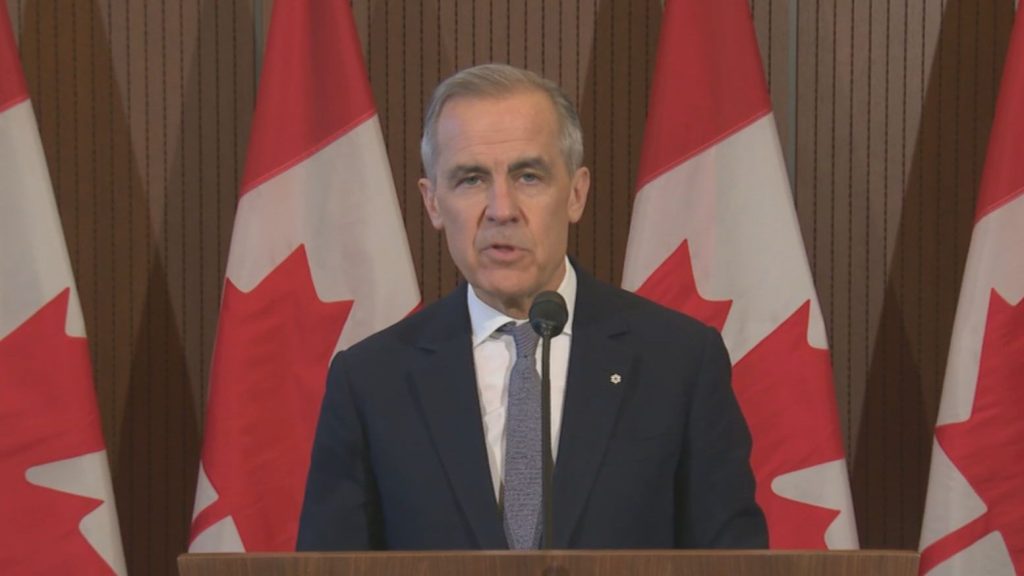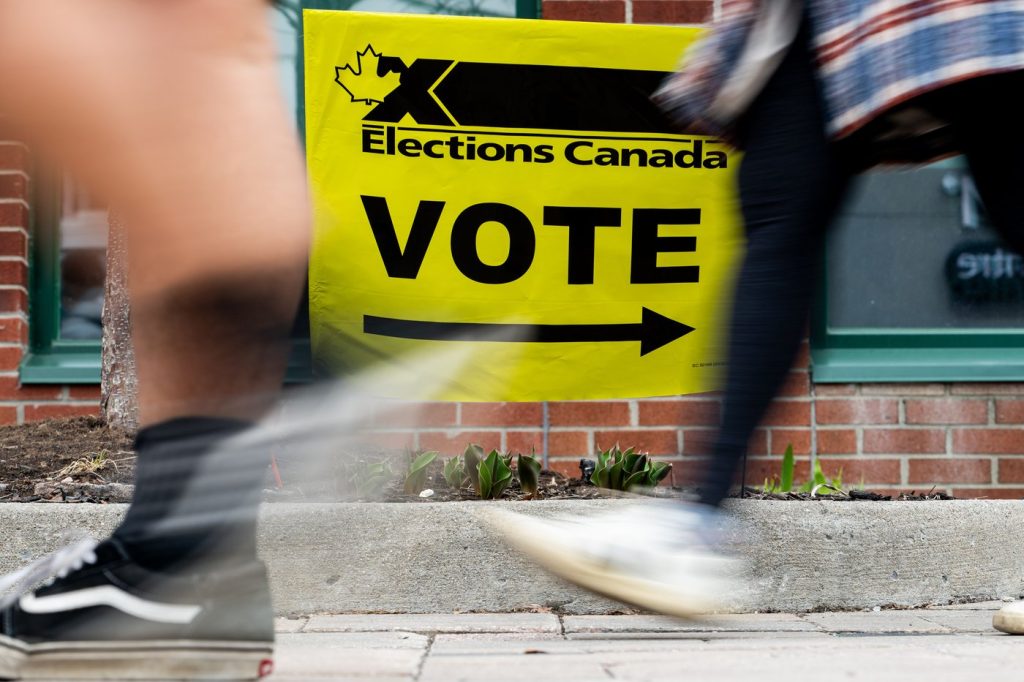Recently, a viral deepfake video featuring Canadian Prime Minister Mark Carney has captured attention by seemingly announcing a ban on cars manufactured before the year 2000. While the video appears authentic at first glance, experts confirm it is a product of artificial intelligence designed to deceive viewers.
Professor Thomas Patrick Keenan from the University of Calgary emphasizes the importance of evaluating the source of information. He advises individuals to consider whether the content stems from reputable news outlets or less reliable platforms. "Did it come from a news outlet? Well, they probably fact-checked it. Did it come from a TED Talk? Maybe not so good," he notes. This initial step is crucial in discerning credible information from fake news.
Keenan further recommends that if there is uncertainty regarding a video’s authenticity, viewers should compare it with authentic footage to check for inconsistencies in audio and visual elements. "I think the way this one was done is that they used existing footage of Mark Carney saying something and put a totally different audio track on it," he explains. This method of blending real visuals with manipulated audio is a common characteristic of deepfake technology.
To aid in verifying suspicious videos, Keenan advocates using tools such as InVID or submitting clips to established fact-checking websites. In addition to these verification methods, he highlights some visual cues to watch for that might indicate a video is a deepfake. Blurry edges, mismatched lip-syncing, and distorted logos are all potential red flags indicating the content may not be genuine.
The particular deepfake video involving Carney was initially circulated by a TikTok account, which has since been suspended following the revelation of its deceptive nature. When CityNews took to the streets to gauge public perception, many individuals expressed belief in the authenticity of the video, showcasing how convincing deepfakes can be.
This incident is not isolated; deepfake videos of political figures are becoming increasingly common. Keenan anticipates that such fabricated content will proliferate in the future. "These days, we are seeing more and more fake videos," he states, mentioning notable figures like Justin Trudeau alongside the growing presence of deepfakes featuring Mark Carney.
As the technology behind creating deepfakes improves and becomes more accessible, Keenan remarks that while they can often be entertaining, it is essential for viewers to approach them with a critical mindset. "They go viral on the internet because they're very entertaining, as long as you take them as entertainment and not as fact, that’s fine. They can be fun to watch," he acknowledges. The widespread availability of tools to create such content raises significant concerns regarding misinformation and the challenge of discerning fact from fiction in an increasingly digital landscape.












